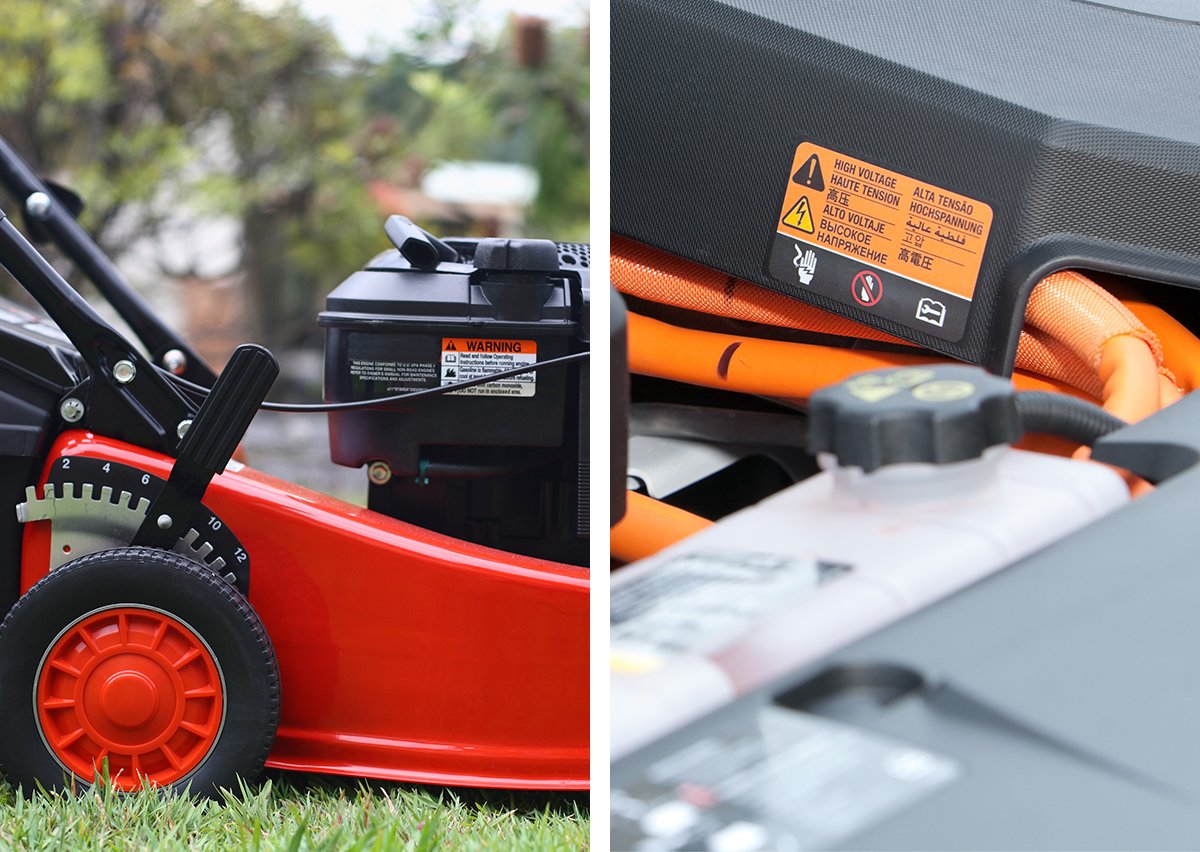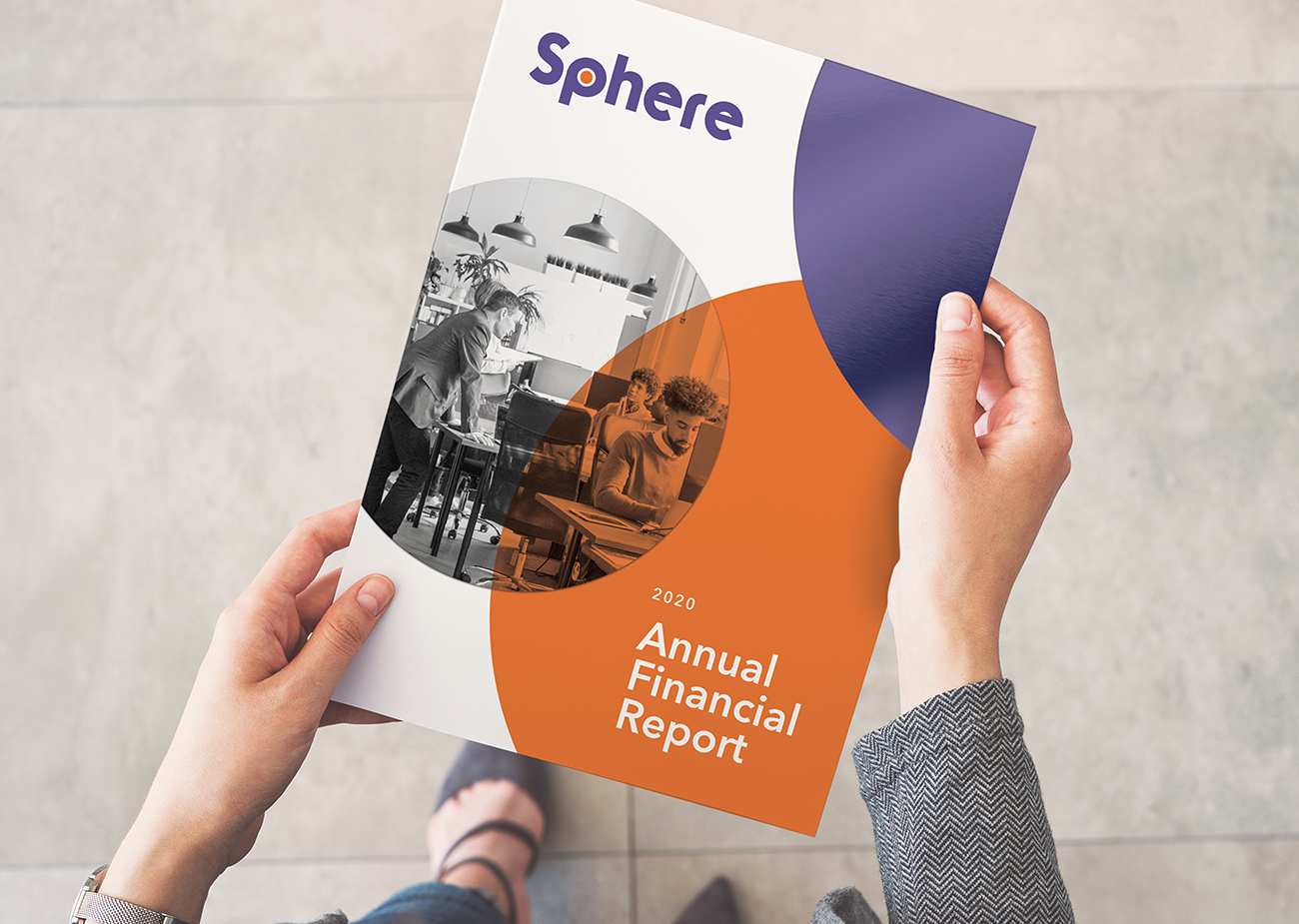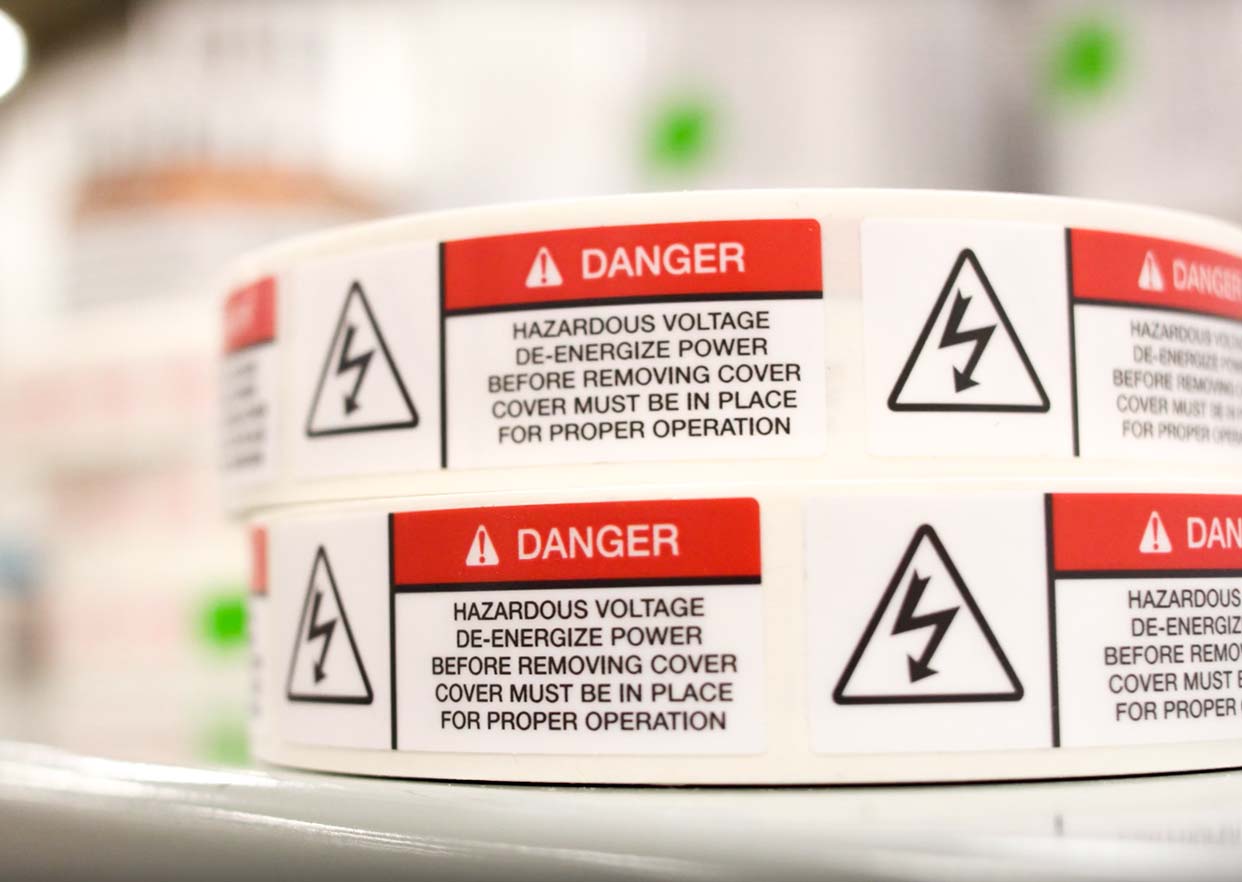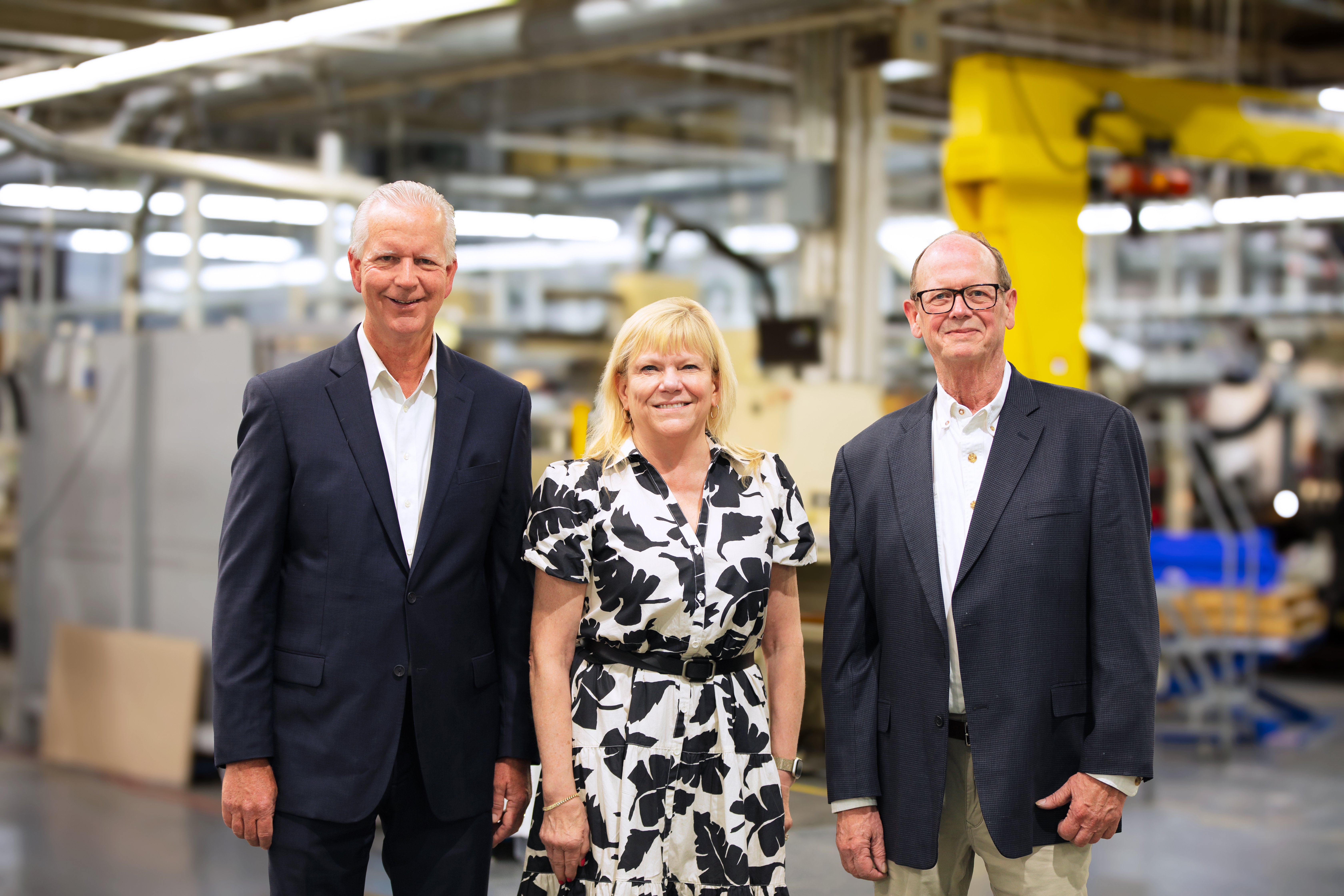As noted in our recent blog on sustainable labels, label manufacturing is a vast industry that is expected to reach $59 billion globally by 2030. That’s a lot of labels and printing presses around the world are churning out millions of labels as you read this.
The question is, which type of label technology is best? As with many things in life, the answer is, “It depends.” Most labels are produced using one of two types of printing press technology – flexographic or digital – and each offers distinct advantages. This blog will explore these alternative technologies as well as a third option that combines the very best of both.
.jpg?width=1455&height=626&name=Blog%20Body%20Image%20%E2%80%93%20Taylor%20Blog%20%E2%80%93%20Radcliff_Hybrid%20Press%20(1).jpg)
The 3 Label Printing Press Technologies
1: Flexographic Label Printing
Flexography, or “flexo” for short, has been around since the turn of the last century. Flexible printing plates and ink are used to generate images on a wide range of substrates. Generally speaking, flexo is the most cost-effective option for extremely large runs of the exact same label. The press can be set up and run continuously for an extended period of time, reducing the per-unit cost of the label.
However, flexo is at a disadvantage when multiple versions of a label are needed. The press must be shut down between versions as plates and ink colors are changed. This also creates sustainability concerns. A significant amount of waste is generated as plates are discarded and the press is cleaned, prepped and set up for the next print run.
2: Digital Label Printing
A digital label press eliminates the printing plates and ink trays of a traditional flexographic press. Instead, the label is printed through a digital imaging process. This comes with an entirely different set of advantages and disadvantages.
- Digital printing is typically more expensive on a cost-per-piece basis than flexo for large print runs. Digital still can’t beat the efficiency of setting up a flexo press and letting it run for hours on end.
- However, digital label presses are much quicker and easier to set up for each print job. This makes them better-suited to small, fast-turn print jobs as well as jobs that require multiple versions or SKUs.
- There is also the matter of sustainability. By eliminating the plates, ink and clean-up process between jobs, there is less environmental waste than with flexo presses. Likewise, digital presses can be used for “on-demand” production, which reduces the obsolescence waste and overages that invariably come from printing in mass quantities.
- Lastly, there is also the issue of color. Computerized color management technology enables a digital press to maintain extraordinary color consistency with no random variation between print jobs.
.jpg?width=1455&height=626&name=Blog%20Body%20Image%20%E2%80%93%20Taylor%20Blog%20%E2%80%93%20Radcliff_Hybrid%20Press%20(3).jpg)
3: Hybrid Flexo + Digital Label Printing
A hybrid flexo + digital label press is exactly what it sounds like. Elements of standard flexographic and digital printing presses are joined to form a unified printing technology that offers the best of both worlds.
Cost-effectiveness
Reduced plate charges and job changeover costs turn the value proposition upside down. You no longer have to order large quantities to obtain a low cost per piece.
Speed to market
A hybrid press requires little in the way of setup. Changeovers that used to take up to 12 hours can be done in less than one hour, making the production of multiple versions faster and less costly than before.
Variable SKU counts
An entire family of SKUs can be combined to run at the same time, allowing small orders to be combined for a lower overall cost per unit.
Color consistency
Ink color and density are controlled digitally, spot colors are adjusted individually and setups are pre-saved to ensure they are the same whenever you go to press. What you proof is what you get – every time.
Sustainability
There is far less plate waste and ink cleanup than with a standard flexo press, which helps keeps materials out of landfills. Less substrate is consumed during the initial setup process. And, the ability to print in smaller runs prevents obsolescence waste as product branding and features are updated over time.
Taylor: Investing in Hybrid Flexo + Digital Press Technology
Taylor has been delivering high-quality labeling solutions to customers in a wide range of industries for decades. We take pride in being known as “the label experts” and we’ve applied that expertise toward our investments in hybrid flexo + digital press technology.
For example, the new hybrid label press at our Radcliff, Ky., facility is among the most advanced label presses anywhere:
- A full 21” in width, it is one of the widest label presses in the world. This provides extraordinary production flexibility and moves our digital label capability into medium- and long-run jobs.
- The 12-color design combines four flexographic and eight digital print stations. By comparison, a standard flexo press offers no more than four colors while a digital press generally offers a maximum of six colors. Spot colors and other custom color variations are no problem for our 12-color hybrid press.
- Print backers offering screen-print opacity can be had without the cost or complexity of screen-print dies.
- Printing and finishing are possible in one pass with available embellishments including varnish, cold foil and laminates.
- We use UV-cured color inks to create a finish that is abrasion, chemical, temperature and fade resistant – ideal for durable goods.
Frustrated by the limitations of standard flexo and digital label printing technologies? Contact Taylor to learn more about the advantages of hybrid flexo + digital production.




.jpg)




.jpg)
